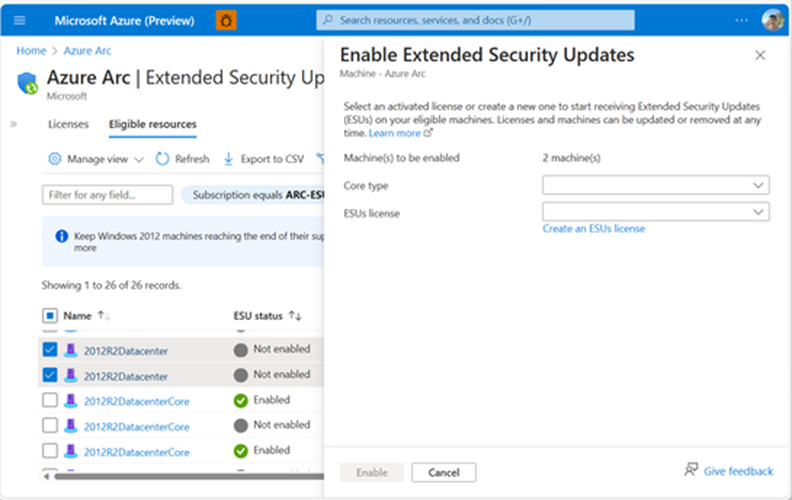Latest
-

Wrapping things about M365 Copilot
Copilot works great for information workers who use Microsoft Office, attend a lot of Teams meetings, and work on Word documents, Excel sheets, and PowerPoint slides within Microsoft 365. If you don’t use Microsoft Office much, don’t attend many Teams meetings, or aren’t a heavy user of Microsoft 365 and store most of your documents…



